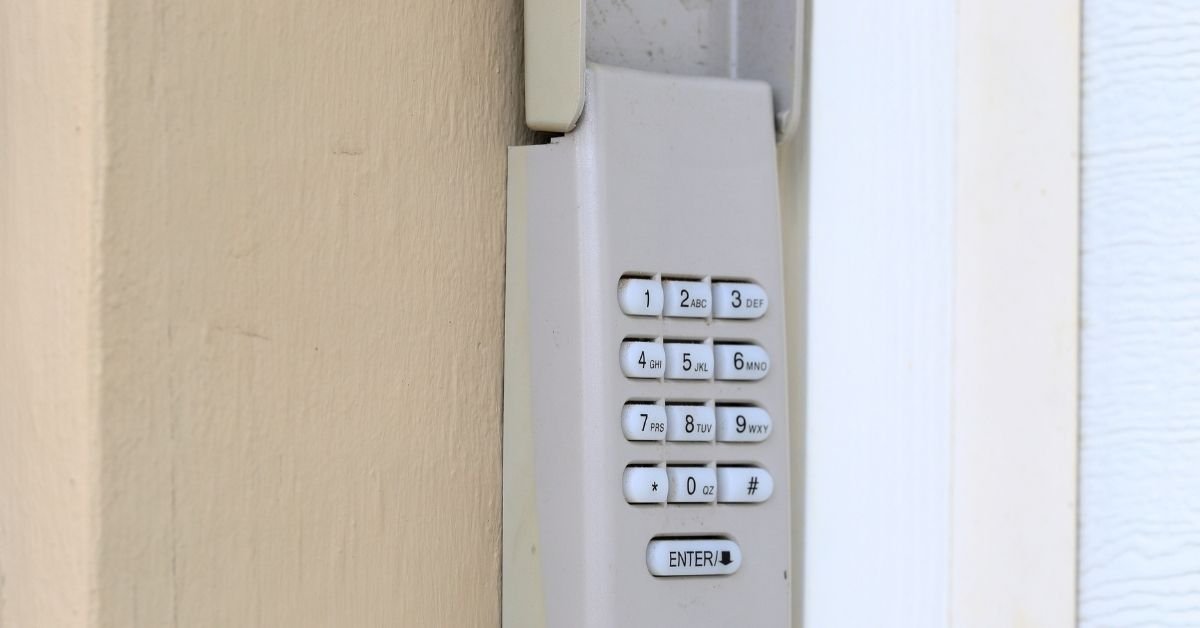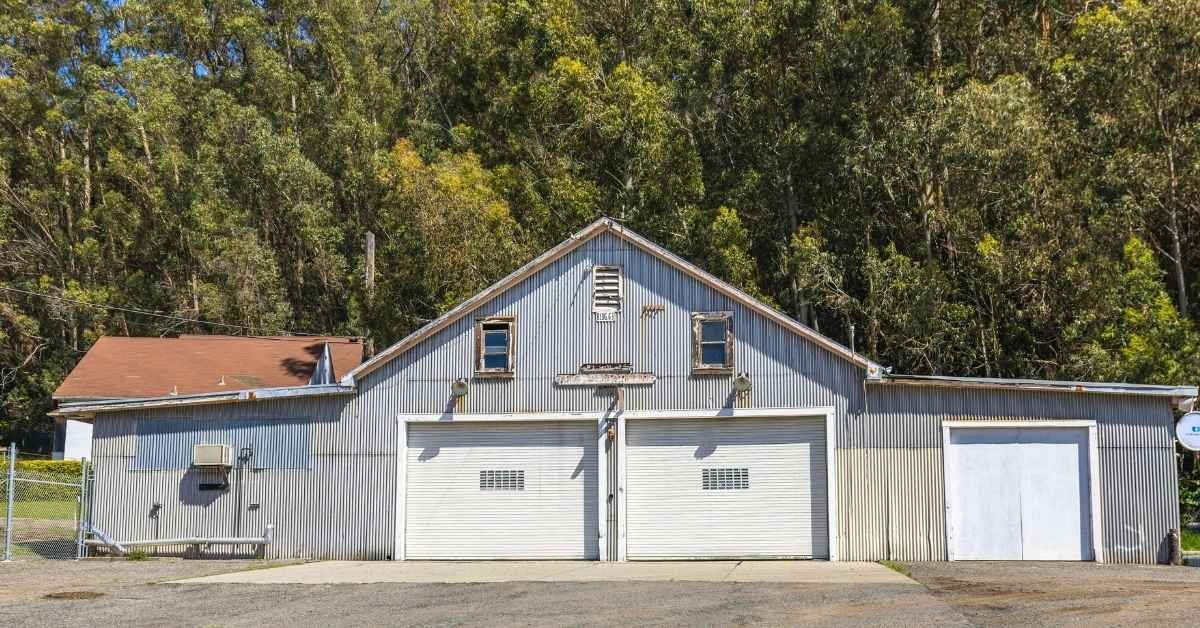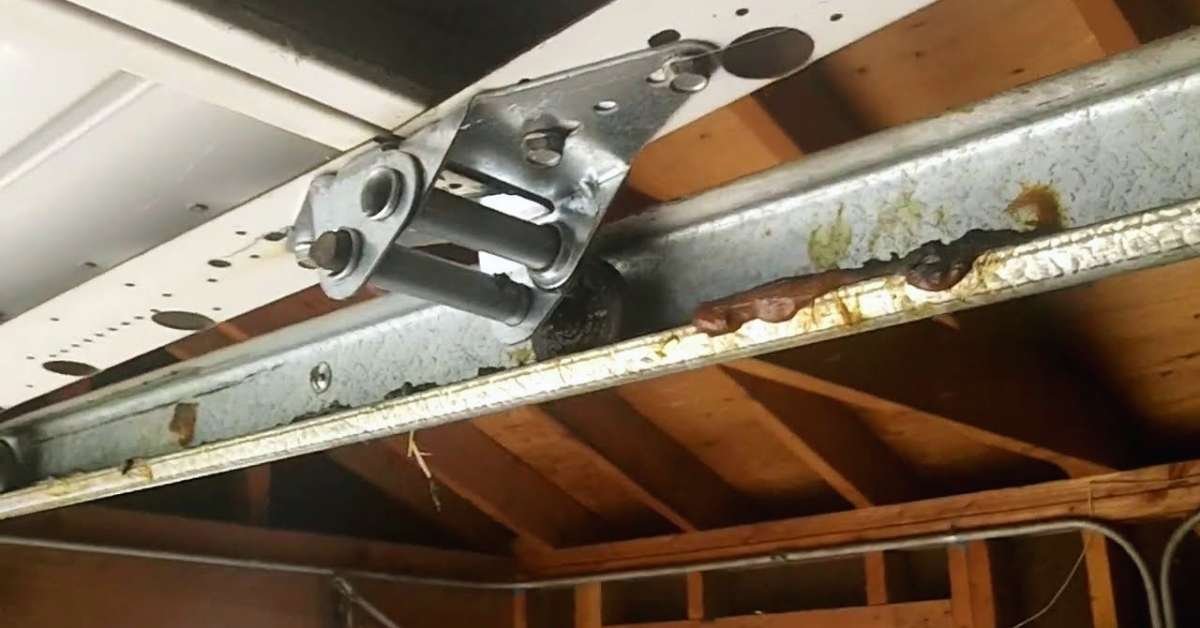Revive Your Concrete: Expert Tips on How To Repair a damaged Concrete Garage Floor
Reviving Your Concrete Canvas: Repairing Salt-Damaged Garage Floors Picture this: you stand in your garage, the gateway to your prized automobile or a workshop where dreams are born. But as you gaze down at your concrete garage floor, instead of a smooth, inviting canvas, you see the aftermath of an invisible enemy salt. Over time, this seemingly innocuous substance can damage your concrete floor, leaving unsightly stains, pitting, and even weakening the structure.
But don’t let your concrete floor succumb to the salty invasion. In this guide, we’ll unravel the Secrets of How To Repair a damaged Concrete Garage Floor, help you rejuvenate your garage floor, restore it to its former glory, and ensure it withstands the test of time. It’s a journey of rescue and transformation, one where your concrete canvas becomes a work of art, ready to showcase your prized possessions and withstand the demands of daily life. Join us as we explore the intricate process of repairing salt-damaged concrete garage floors. Let’s not just mend, but elevate the very foundation of your automotive haven.
Table of Contents
Understanding the Jessup: Salt Damage
Before we dive into the methods of repair, it’s crucial to understand the nature of the enemy we’re dealing with salt. Salt damage to concrete is not merely a cosmetic issue; it can compromise the integrity of your garage floor. But what causes this damage, and how does it happen?
Freeze-Thaw Cycle: One of the primary ways salt harms your concrete garage floor is through the freeze-thaw cycle. In cold climates, salt is frequently used to de-ice roads and driveways. When this salt-laden slush makes its way into your garage, it can seep into the porous surface of your concrete floor. As the temperature drops, the water within the concrete expands as it freezes. This expansion can lead to cracks, spalling (the chipping or scaling of the surface), and other forms of concrete damage.
Chemical Reaction: The salt itself can chemically react with the minerals present in the concrete. This can cause the surface to deteriorate, leading to flaking and pitting. The chemical reaction can alter the composition of the concrete, making it weaker and more susceptible to further damage. Now that you understand the dynamics of salt damage, it’s time to move on to the repair methods.
How To Repair a Damaged Concrete Garage Floor: A Step-By-Step Guide

Here’s a step-by-step guide to help you through the process: Repairing salt-damaged concrete garage floors requires a systematic approach.
Step 1: Assessment
Begin by assessing the extent of the damage. Look for signs of spalling, scaling, cracks, and areas of discolouration. Understanding the severity of the damage will help you determine the appropriate repair method.
Step 2: Safety First
Before you begin, ensure your safety. Wear protective gear, gloves, safety goggles, and a mask. Also, ensure good ventilation in the garage.
Step 3: Cleaning
Start by thoroughly cleaning the concrete surface. Remove all loose debris, dirt, and any existing coatings. This can be done with a wire brush, a pressure washer, or a combination.
Step 4: Surface Preparation
In the case of extensive salt damage, it might be necessary to resurface the concrete. This involves applying a thin layer of concrete over the existing surface to create a new, smooth canvas.
Step 5: Patching and Filling
For minor surface damage, use a concrete patching compound to fill cracks and spalled areas. Follow the manufacturer’s instructions for application. Allow the patch to cure before proceeding.
Step 6: Resurfacing
If resurfacing is needed, select a high-quality concrete resurfacer. Follow the manufacturer’s guidelines for mixing and application. Apply the resurfacer evenly over the entire surface.
Step 7: Sealing
Once the concrete is repaired and resurfaced, consider applying a concrete sealer. A sealer not only provides protection but also enhances the appearance of your garage floor.
Step 8: Prevention
To prevent future salt damage, consider using salt alternatives for de-icing in your driveway and the areas surrounding your garage. These alternatives are less harmful to concrete.
Step 9: Regular Maintenance
Make it a habit to clean your garage floor regularly. Sweep away debris and mop with a mild detergent to prevent the buildup of contaminants that can contribute to damage.
How To Repair a damaged Concrete Garage Floor: A Rejuvenated Canvas
The battle against salt-damaged concrete garage floors can be won with patience, the right techniques, and a commitment to regular maintenance. After following these steps, you’ll not only repair the damage but also enhance the durability and aesthetics of your garage floor.
Evaluating Your Repair Results : After completing the repair and resurfacing, carefully inspect your garage floor to ensure the salt damage has been effectively addressed.
Investing in Professional Services: For extensive salt damage or unsure about the repair process, it’s wise to consult a professional concrete contractor.
Long-Term Maintenance: Implement a long-term maintenance plan to protect your garage floor from future salt damage. This includes regular cleaning and resealing.
Ensuring Long-lasting Results: A Look at Sealers
One of the crucial aspects of preserving your freshly repaired garage floor is the application of concrete sealers. Sealers serve as a protective barrier, guarding your concrete from future salt damage, as well as other potential threats.
There are various types of sealers available, each with unique qualities:
Penetrating Sealers: These sealers are absorbed into the concrete, creating a protective barrier within the material. They offer long-lasting protection and are particularly effective against salt and water intrusion.
Film-Forming Sealers: These sealers create a visible film on the surface of the concrete. They are available in various finishes, from glossy to matte. Film-forming sealers provide excellent resistance to chemicals, making them a solid choice for garage floors.
Polyurethane Sealers: Known for their exceptional durability, they provide a strong protective layer over your concrete floor. They are resistant to abrasion, chemicals, and UV rays. Selecting the right sealer depends on your needs, so consult a professional or the product manufacturer for guidance.
Enhancing the Aesthetics: Stains and Finishes
While the primary goal is repairing salt damage, you can take it a step further by enhancing the aesthetics of your garage floor. Concrete stains and finishes offer you the opportunity to customize the appearance of your floor.
Here are some options to consider:
Staining: Concrete stains come in various colors and can be applied to achieve different effects, such as mimicking the look of natural stone or adding a pop of colors. Stains can provide a unique and visually appealing finish to your garage floor.
Epoxy Coatings: Epoxy coatings create a smooth, glossy surface that not only looks fantastic but also provides excellent protection against various forms of damage. They’re highly resistant to chemicals and impact, making them a suitable choice for high-traffic areas.
Color Flakes: If you want a textured, slip-resistant surface with a touch of color, consider using color flakes. These decorative chips are often applied with epoxy coatings to create a visually appealing, durable finish. Choosing the right finish or stain depends on your aesthetic preferences and the level of durability you require for your garage floor.
The Sustainable Choice: Using Alternatives to Salt
In your ongoing battle against salt damage, it’s crucial to consider the environmental impact of your choices. Traditional rock salt, while effective at melting ice, can be detrimental to your garage floor and the environment.

Luckily, there are eco-friendly alternatives available:
Calcium Magnesium Acetate (CMA): CMA is a more environmentally friendly de-icing option. It’s less harmful to concrete and vegetation and prevents ice buildup.
Sand: Plain sand is an affordable, non-corrosive choice for improving traction on icy surfaces. While it doesn’t melt ice, it can be used with CMA or other de-icing alternatives. By opting for these alternatives, you’re not only preserving your garage floor but also making a sustainable choice that benefits the environment.
Regular Maintenance: The Key to Longevity
This includes: To ensure the longevity of your rejuvenated garage floor, regular maintenance is essential:
Sweeping: Regularly sweep your garage floor to remove debris, dirt, and salt residue. The longer these contaminants remain on your floor, the more likely they cause damage.
Mopping: Periodic mopping with warm water and a mild detergent helps remove any stubborn stains or salt deposits. It also keeps your floor looking clean and inviting.
Resealing: Depending on the sealer you’ve used, periodic resealing may be necessary. This helps maintain the protective layer that guards your concrete floor.
Spot Repairs: Look for any new damage or wear. Promptly address any issues to prevent them from spreading or worsening. By following these maintenance steps, you’ll not only keep your garage floor looking pristine but also extend its life, further protecting it from salt damage.
Consulting the Experts: When to Call a Professional
While repairing salt-damaged garage floors is a task that many homeowners can tackle themselves, there are situations where consulting a professional concrete contractor is advisable. If your garage floor exhibits severe damage or if you’re unsure about the repair process, an expert can provide valuable guidance and ensure that the repairs are done correctly. Additionally, if your garage floor requires extensive resurfacing, it’s generally best left in the hands of professionals who have the necessary equipment and expertise. Your journey to repair and restore your salt-damaged concrete garage floor has brought you to a point where your concrete canvas is repaired and enhanced.
Conclusion: A Rejuvenated Canvas
The battle against salt-damaged concrete garage floors can be won with patience, the right techniques, and a commitment to regular maintenance. After following these steps, you’ll not only repair the damage but also enhance the durability and aesthetics of your garage floor. Your concrete canvas has been given a new lease on life, ready to showcase your prized possessions and endure the rig ours of daily life. The once-salty scars are now memories of a resilient, restored foundation – a testament to your commitment to preserving your automotive haven. As the doors to your garage open, they reveal not just your vehicle but a beautifully restored floor, a canvas of possibility, and the artistry of your diligent repair efforts.






